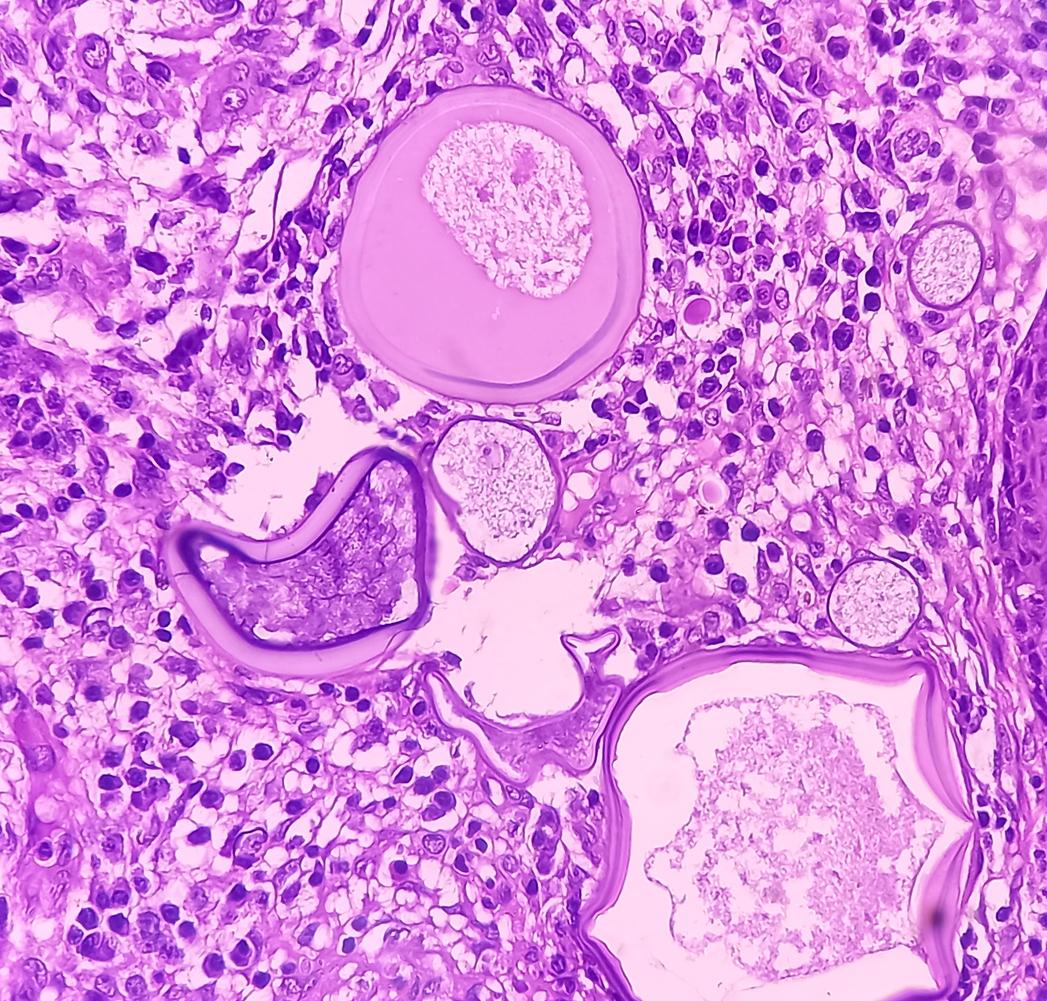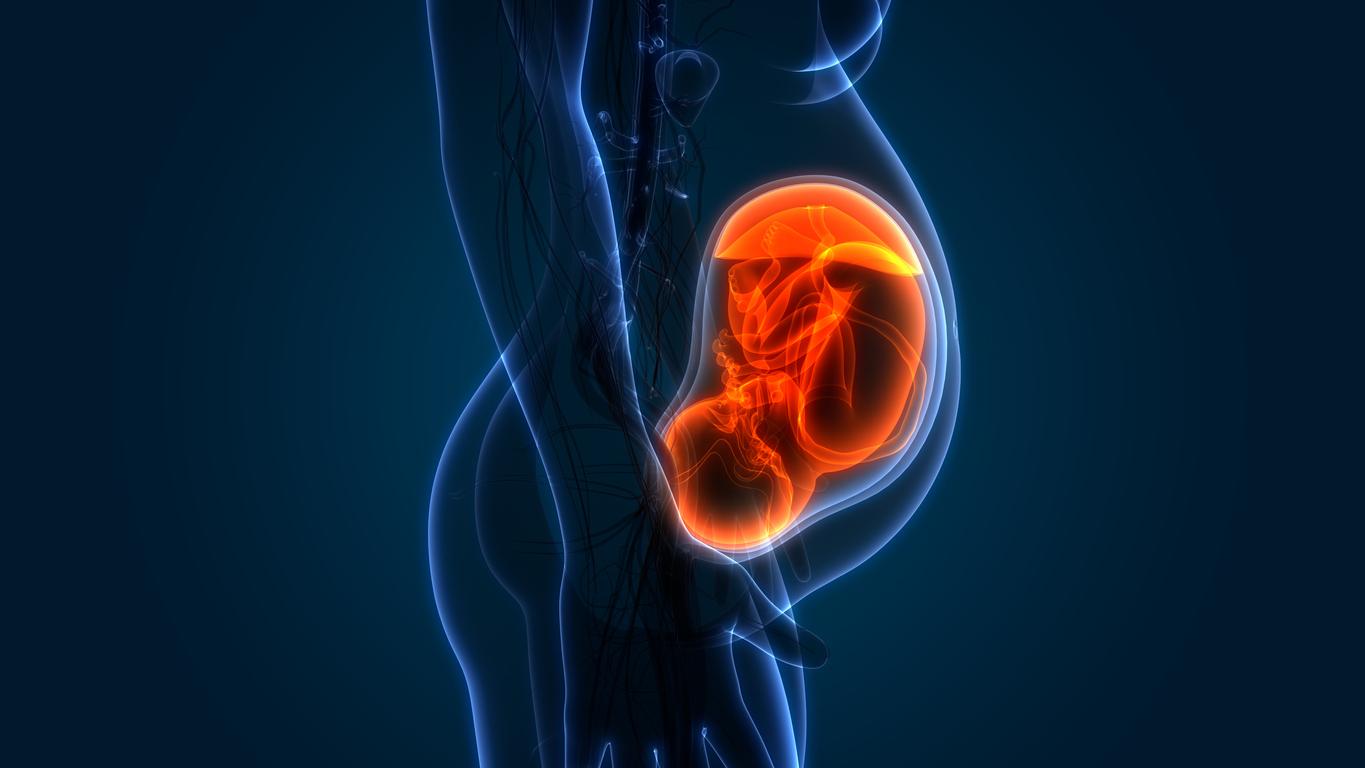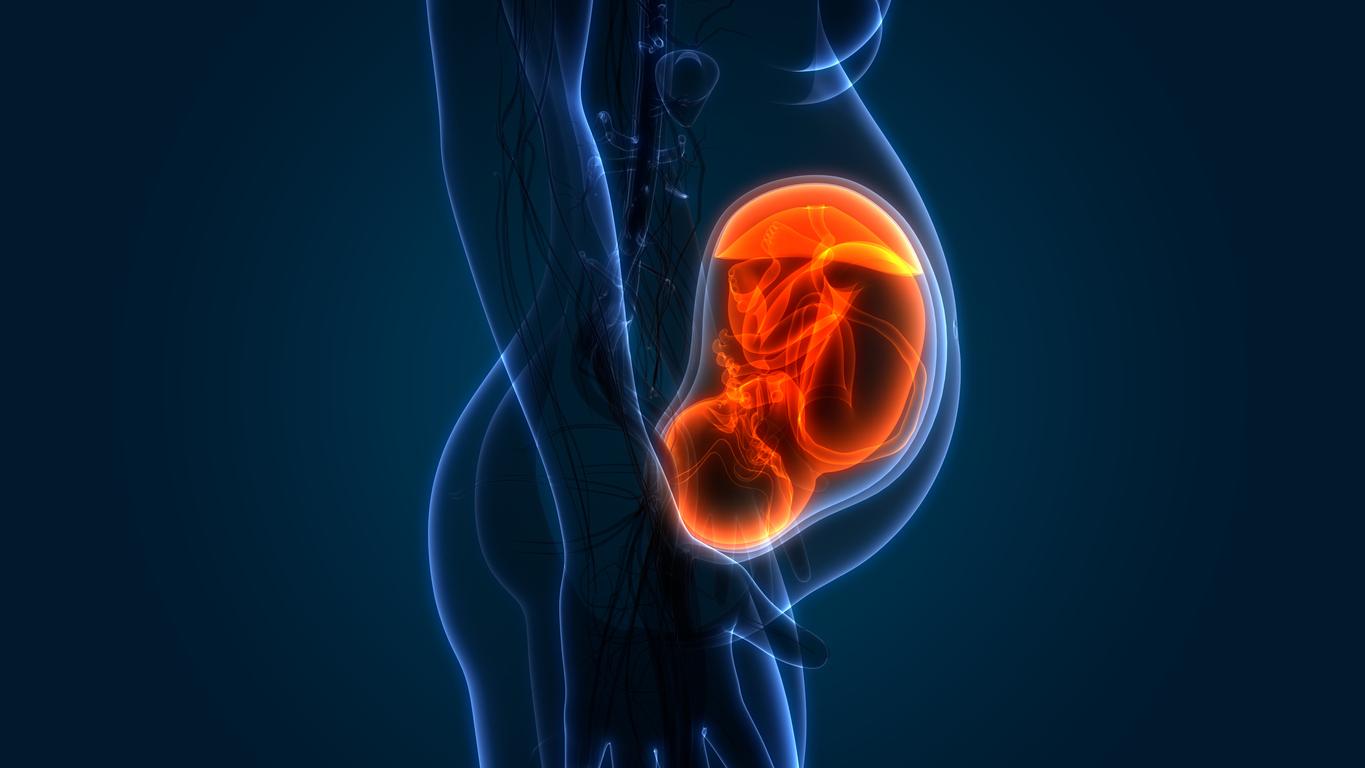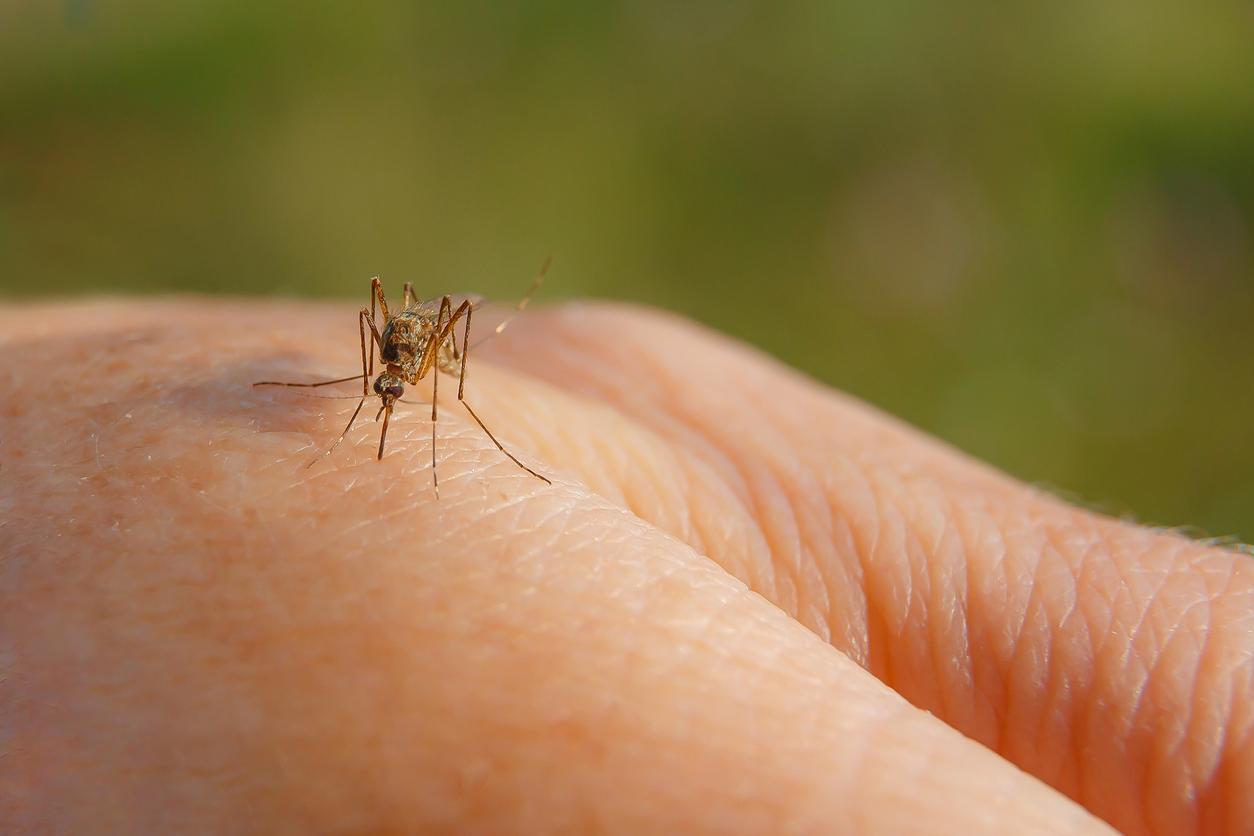The placenta can contain viruses, bacteria, or heavy metals. Consuming it puts both mother and fetus at risk.
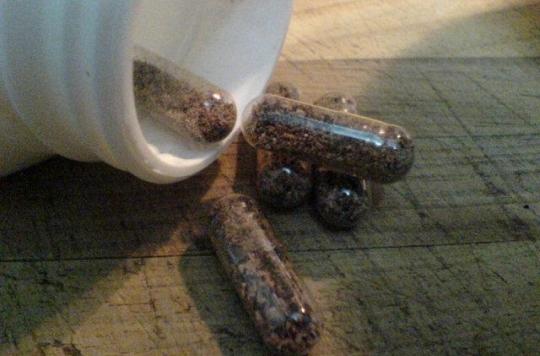
Placentophagy is popular in the United States and is gaining ground in Europe. Behind this barbaric name hides an unpleasant practice: the consumption of the placenta after the birth of a child to fight against postpartum depression and to fill up with vitamins and minerals.
Cooked, raw, fried… Fans can find plenty of preparation ideas in the American cookbook “The Placenta Cookbook”. But more often than not, mothers opt for capsules containing their dehydrated placenta.
Risks…
Except that these women – and sometimes men – seem to ignore the dangers of this popular practice. The American health authorities have just alerted the population following a case of infection of a mother and her child. The contamination would have taken place via breastfeeding.
And viruses and bacteria aren’t the only dangers to be feared. According to a Northwestern University study, the placenta would also contain lead or mercury. The placenta forms a protective barrier for the fetus and thus blocks the passage of these heavy metals.
In addition, the researchers indicated that to date, no serious study had been interested in the risks of placentophagy. It is therefore possible that greater risks exist for the mother and the child.
… and no profit
The American authorities also recalled that no serious study had shown any benefits for mothers. Already in 2015, researchers at Northwestern University said it rather clearly: “The placenta does not prevent postpartum depression, does not relieve postpartum pain, does not give more energy or stimulate lactation. “.
In France, this practice is illegal. An August 2012 circular specifies that the placenta must be destroyed after childbirth and that women are prohibited from retrieving it.
.











